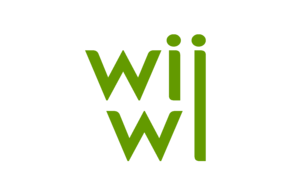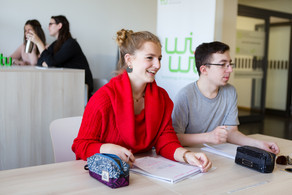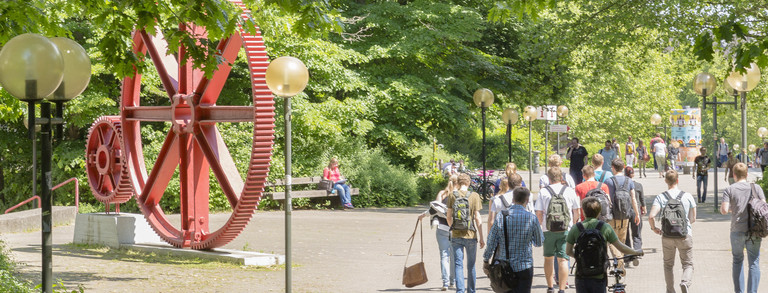Digitalization
The task force Digitalization supports the department's digital transformation, particularly in the areas of teaching and administration. It supports faculty members with questions about digital teaching, pushes the simplification of administrative processes, and identifies other future topics.
Members:
Prof. Dr. Manuel Wiesche (Chairperson, Vice Dean, Professorship Digital Transformation)
Prof. Dr. Peter N. Posch (Professorship Finance)
Dr. Lars Metzger (Methods)
Olaf Erkens (Departmental IT)
Prof. Dr. Wiesche provides information on the background and challenges of the task force:
Question 1: Professor Wiesche, what contribution can digital technologies make to teaching at the department?
Even before the pandemic, initial attempts were made with digital formats in Bachelor's and Master's courses, which of course then had to scale abruptly last spring. So not all solutions were born out of necessity and we were able to create suitable offerings for all students in the department. In the pandemic they became the only real option, the use of digital tools in teaching does provide opportunities to address individual student needs in terms of speed and format.
Question 2: What will remain after after the corona pandemic?
Of course, everyone, students and faculty alike, is looking forward to the post-pandemic period. The department is grappling with the question of what will happen to teaching, administration, and research in the future. What solutions may have emerged out of necessity but hold potential. What good practices have been developed and could be adopted and disseminated? What could temporary and permanent hybrid solutions look like? What organizational framework conditions must be created for this, what infrastructure is needed?
Question 3: How does the task force support the department in the areas of teaching, administration and research?
We want to ensure that students, teachers and researchers continue to receive the best possible IT support. To do this, we are currently getting a picture of what the requirements are. This ranges from the realization of digital teaching formats and the necessary infrastructure for department members to research data management for our research projects. With increasing digital competencies and the ubiquitous spread of digital technologies, new requirements and opportunities arise and require close cooperation within the department but also with the service facilities of the university.






